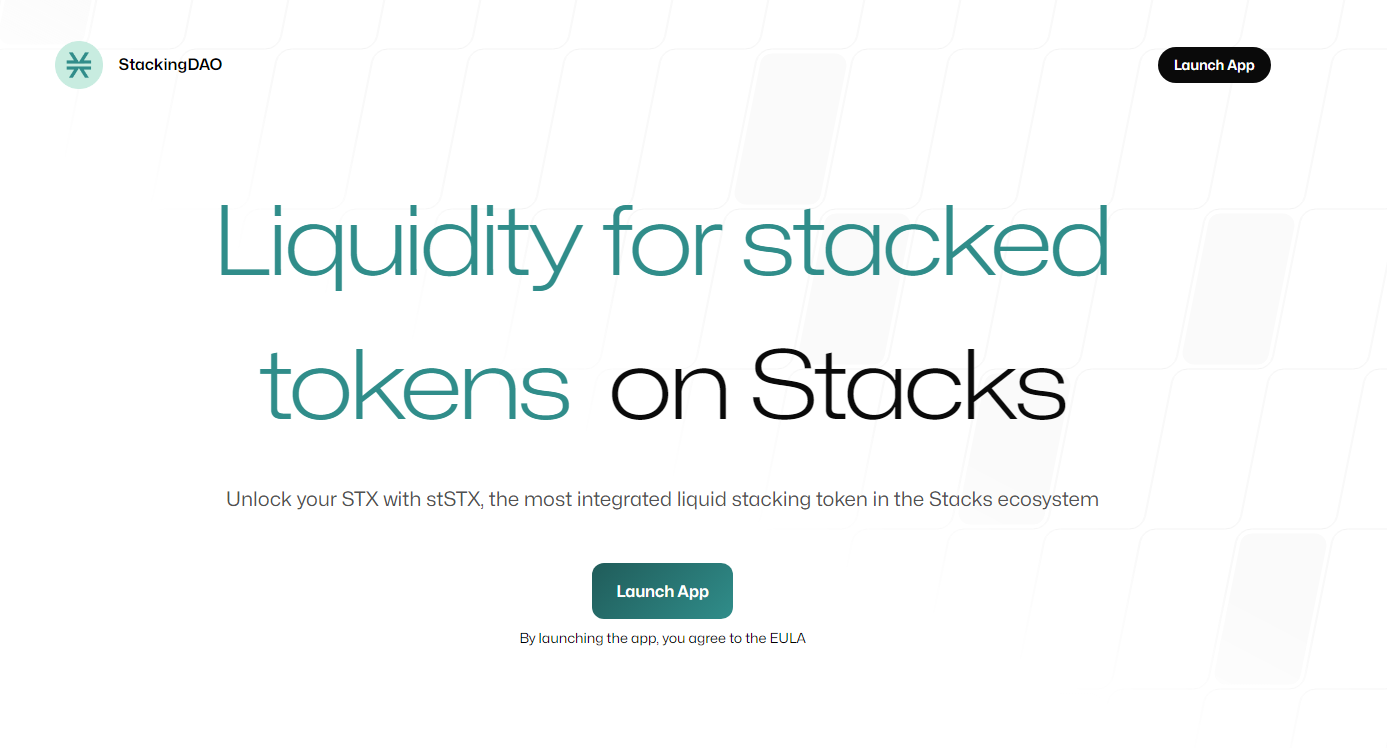Currently, Staking on Stacks – Layer 2 of Bitcoin is causing many bad experiences for users, this also unintentionally makes it difficult for buyers holding STX – the project’s native token to make more profits. through the assets I hold. Staking DAO was born to solve this problem for users.
So what is Staking DAO and what problem does it solve? Let’s find out today through the article below.
Overview of Stacking DAOs
Market context
Staking on Stacks is creating very bad experiences for users. And it will get even worse when the Stacks Nakamoto upgrade is about to take place in the near future.
In this article, I will use the word Stacking (Locking STX into Stacks’ consensus layer) instead of Staking, both have the same meaning, but on Stacks’ ecosystem they use this word so I will also implement it. so.
Things that cause bad experiences for current users:
- Stacking Cycles last 2 weeks, causing users’ assets to not be effectively utilized.
- The minimum level to participate in Stacking is ~90,000 STX (equivalent to $157,500 at the time of writing).
- With the Stacks Nakamoto upgrade, Stackers (people participating in Stacking) will have to run nodes flexibly.
- Profits from the Stacking process are considered income and are therefore subject to various taxes, which affect overall profits. Currently $400M STX is being stacked with an average return of 7.5%.
What is Stacking DAO?

What is DAO Staking?
Stacking DAO is a liquid stacking platform that allows users to deposit Stack into the protocol and receive in return stSTX representing the amount of assets deposited into the protocol. Stacking DAO will be similar to Lido Fiance but built and applied on the Stacks network.
Some advantages of Stacking DAO:
- No need to wait up to 2 weeks to unstack, with the stSTX-STX pair on DEXs, users can flexibly swap to suit their purposes at any time.
- There is no need for a minimum of 90,000 STX to participate in Stacking, any number of users can be stacked through the protocol.
- No equipment is required from users to deploy the node after the Stacks Nakamoto update, Stacking DAO will be the one to do it.
- Gains from Stacking will be taxed more lightly. Stacking yields are not calculated on the user’s wallet address but are calculated on the reserve contract. Staking DAO is backed by stSTX. Because STX generates profit, it causes stSTX to increase in price, so this profit is generated from capital (STX) instead of income (income).
stSTX has the potential to become a highly liquid asset that can be used as the number 1 popular, reputable collateral in the Bitcoin ecosystem, like how stETH does in the Bitcoin ecosystem. Ethereum.
The reason this is possible is because Liquid Stacking was recently deployed on Stacks’ network. Although the project will mainnet in 2021, smart contracts cannot be executed on Stacks before April 2023.
Therefore, at the present time, with the difficulty in Stacking plus the Nakamoto Stacks Update in 2024 requiring Stackers to run nodes, the need for a Liquid Staking platform is captured and developed by Staking DAO.
Currently, only Staking DAO gives users a token representing assets in the protocol so they can participate in DeFi and optimize capital usage. The protocol will take a 5% fee on Staking interest.
Development Roadmap
Update…
Core Team
Update…
Investors
Update…
Tokenomics
Update…
Exchanges
Update…
Project Information Channel
- Twitter: https://twitter.com/StackingDao
- Website: https://stackingdao.com/
- Telegram:
Summary
Stacking DAO is a Liquid Stacking protocol that received a grant from the Stacks Foundation and is a platform worth watching in the growing ecosystem around Bitcoin. Hi, after going through the article, everyone has an overview of what Staking DAO is.


